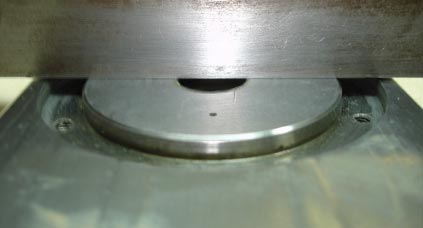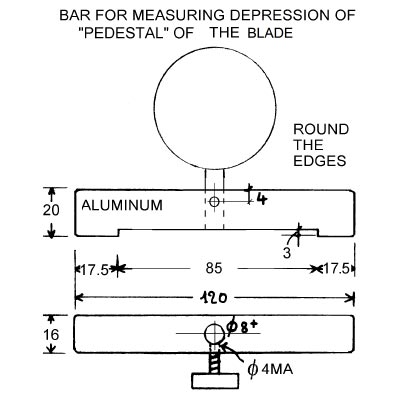The duration of a blade depends very much on the nature of the soil. Dense, abrasive sand with angular grains wear considerably the blade. Clays wear the blade very slowly. Some users have blades 20 years old that are in good shape. Intensive use in dense abrasive sand with angular grains may wear out the blades in a couple of months. A solution can be to increase the price of testing in very abrasive soils.



